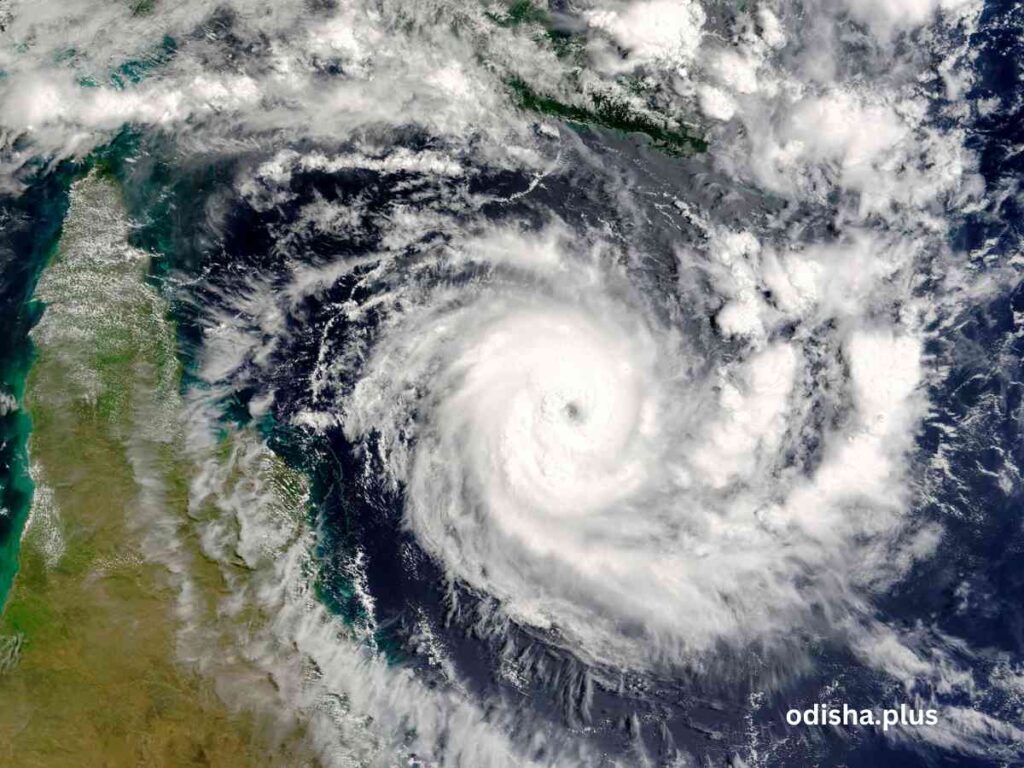These three Doppler radars are part of a larger plan to install a total of 32 advanced weather radars throughout the nation
OdishaPlus Bureau

In response to the pressing need for enhanced infrastructure to facilitate precise weather forecasting, the Ministry of Earth Sciences has accelerated the initiative to deploy three additional Doppler weather radars in Odisha. These advanced long-range radars will be strategically located in Balasore, Sambalpur, and Bhubaneswar. The two S-band radars, to be installed in Balasore and Sambalpur, will have the capability to monitor weather conditions within a radius of approximately 500 kilometers, while an X-band radar, with a range of 100 kilometers, will be situated in the state capital.
These three Doppler radars are part of a larger plan to install a total of 32 advanced weather radars throughout the nation. Bhubaneswar is one of five cities selected for this radar installation initiative. The Odisha government has previously allocated land and approved a budget of Rs 17 crore for the construction of four-story buildings to house the Doppler radars at the designated locations.
Mrutyunjay Mohapatra, the Director General of the India Meteorological Department (IMD), emphasized that the meteorological, hydrological, and aviation data produced by the Doppler weather radars are invaluable for weather forecasting. Additionally, the national weather forecasting agency is establishing test beds in Odisha and Madhya Pradesh to gain deeper insights into the mechanisms that contribute to the development of thunderstorms and intense monsoon rainfall, which may ultimately enhance forecasting accuracy. Furthermore, high wind speed recorders will be installed at ten locations across the state, including Gopalpur, Balasore, Puri, Paradip, Chandabali, Bhubaneswar, and Keonjhar, in the near future.
Odisha currently operates only two radars located at Paradip and Gopalpur, both of which are outdated. The radar at Paradip fails to provide detailed and contrasting images, while the ISRO-installed radar at Gopalpur frequently experiences malfunctions due to inconsistent maintenance. Additionally, Paradip, which serves as the IMD’s inaugural radar station in Odisha, suffers from a lack of clarity.
Meteorological experts have indicated that with the increasing frequency of cyclones in Odisha in recent years, there is an urgent need for a comprehensive network to enhance weather forecasting, alongside disaster-resilient infrastructure to mitigate the loss of life and property. The immediate requirements include the deployment of high-definition radars, high-speed wind recorders, storm surge measurement devices, and automatic weather stations.
The Director General of the IMD announced that the national weather forecasting network is set to undergo a significant transformation. The Union government has already sanctioned Mission Mausam, with a budget allocation of Rs 2,000 crore, aimed at developing state-of-the-art weather surveillance technologies and systems, as well as installing next-generation radars and satellites equipped with advanced instrument payloads and high-performance computing capabilities within a two-year timeframe.

























